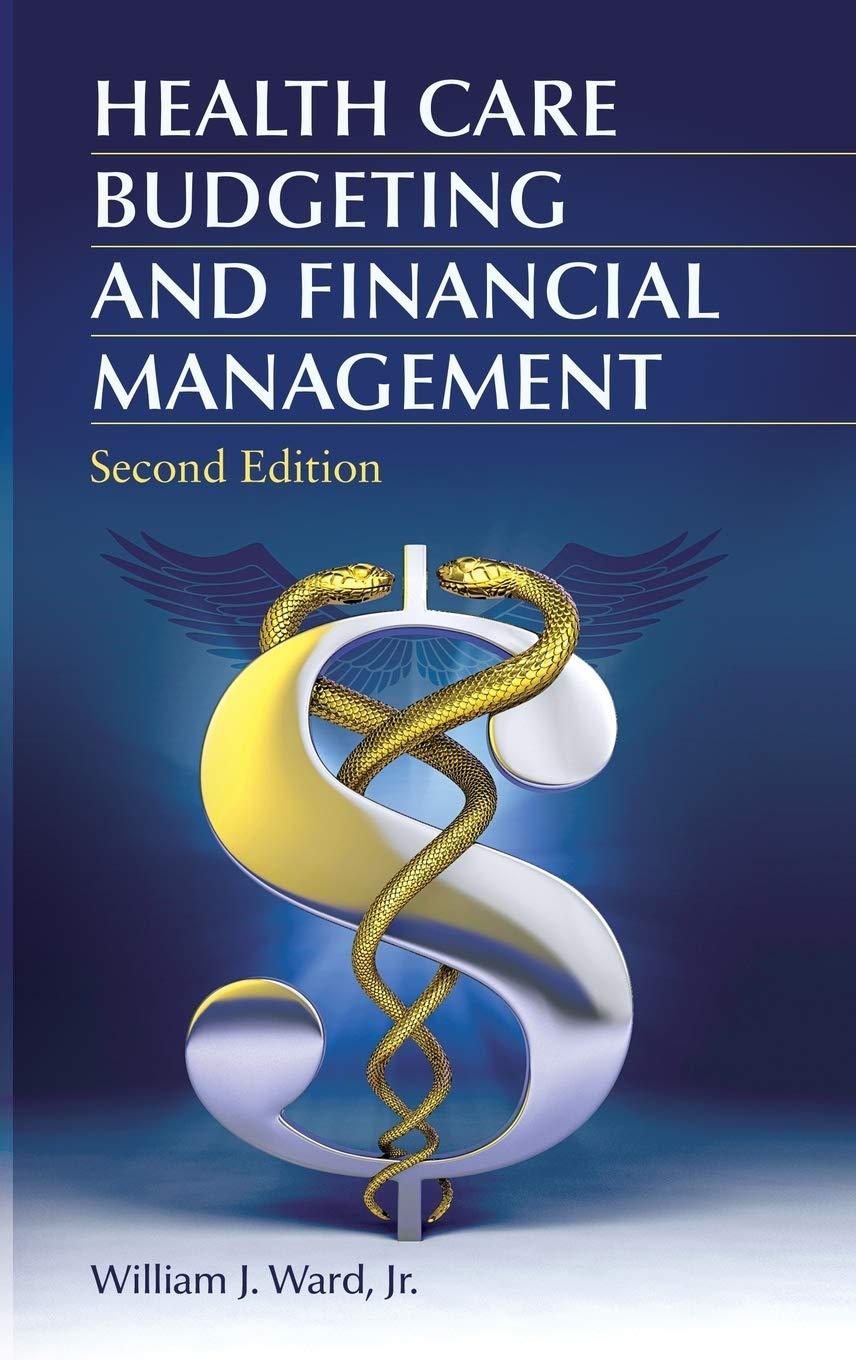Answered step by step
Verified Expert Solution
Question
1 Approved Answer
solve on excel During the last few years, Harry Davis Industries has been too constrained by the high cost of capital to make many capital
solve on excel During the last few years, Harry Davis Industries has been too constrained by the high cost of capital to make many capital investments. Recently, though, capital costs have been declining, and the company has decided to look seriously at a major expansion program proposed by the marketing department. Assume that you are an assistant to Leigh Jones, the financial vice president. Your first task is to estimate Harry Davis cost of capital. Jones has provided you with the following data, which she believes may be relevant to your task: The firms tax rate is 35%. The current price of Harry Davis 12.5% coupon, semiannual payment, noncallable bonds with 15 years remaining to maturity is $1122.65. Harry Davis does not use short-term interest-bearing debt on a permanent basis. New bonds would be privately placed with no flotation cost. The current price of the firms 10%, $100 par value, quarterly dividend, perpetual preferred stock is $113.15. Harry Davis would incur flotation costs equal to 6% of the proceeds on a new issue. Harry Davis common stock is currently selling at $70 per share. Its last dividend (D0) was $3.40, and dividends are expected to grow at a constant rate of 5.8% in the foreseeable future. Harry Davis beta is 1.4, the yield on T-bonds is 5.6%, and the market risk premium is estimated to be 6%. For the own-bond-yield-plus-judgmental- risk-premium approach, the firm uses a 3.2% risk premium. Harry Davis target capital structure is 30% long-term debt, 10% preferred stock, and 60% common equity. a. (1) What sources of capital should be included when you estimate Harry Davis weighted average cost of capital? (2) Should the component costs be figured on a before-tax or an after-tax basis? Why? (3) Should the costs be historical (embedded) costs or new (marginal) costs? Why? b. What is the market interest rate on Harry Davis debt, and what is the component cost of this debt for WACC purposes? c. (1) What is the firms cost of preferred stock? (2) Harry Davis preferred stock is riskier to investors than its debt, yet the preferred stocks yield to investors is lower than the yield to maturity on the debt. Does this suggest that you have made a mistake? (Hint: Think about taxes.) Explain. d. (1) Why is there a cost associated with reinvested earnings? . Explain in words why new common stock that is raised externally has a higher percentage cost than equity that is raised internally by retaining earnings. (2) Harry Davis doesnt plan to issue new shares of common stock. Using the CAPM approach, what is Harry Davis estimated cost of equity? e. (1) What is the estimated cost of equity using the discounted cash flow (DCF) approach? (2) Suppose the firm has historically earned 15% on equity (ROE) and has paid out 65% of earnings, and suppose investors expect simi lar values to obtain in the future. How could you use this information to estimate the future dividend growth rate, and what growth rate would you get? Is this consistent with the 5.8% growth rate given earlier? (3) Could the DCF method be applied if the growth rate were not constant? How? f. What is the cost of equity based on the own-bond- yield-plus-judgmental-risk-premium method? g. What is your final estimate for the cost of equity, rs? h. What is Harry Davis weighted average cost of capital (WACC)? i. What factors influence a companys WACC? j. Should the company use its overall WACC as the hurdle rate for each of its divisions? k. What procedures can be used to estimate the risk-adjusted cost of capital for a particular di- vision? What approaches are used to measure a divisions beta? l. Harry Davis is interested in establishing a new division that will focus primarily on developing new Internet-based projects. In trying to determine the cost of capital for this new division, you discover that specialized firms involved in similar projects have, on average, the following characteristics: (1) their capital structure is 15% debt and 85% common equity, (2) their cost of debt is typically 12%, and (3) they have a beta of 1.75. Given this information, what would your estimate be for the new divisions cost of capital? m. What are three types of project risk? How can each type of risk be considered when thinking about the new divisions cost of capital? n. (1) Harry Davis estimates that if it issues new common stock, the flotation cost will be 12.5%. Harry Davis incorporates the flotation costs into the DCF approach. What is the estimated cost of newly issued common stock, taking into account the flotation cost? (2) Suppose Harry Davis issues 30-year debt with a par value of $1,000 and a coupon rate of 10%, paid annually. If flotation costs are 3%, what is the after-tax cost of debt for the new bond issue
Step by Step Solution
There are 3 Steps involved in it
Step: 1

Get Instant Access to Expert-Tailored Solutions
See step-by-step solutions with expert insights and AI powered tools for academic success
Step: 2

Step: 3

Ace Your Homework with AI
Get the answers you need in no time with our AI-driven, step-by-step assistance
Get Started


